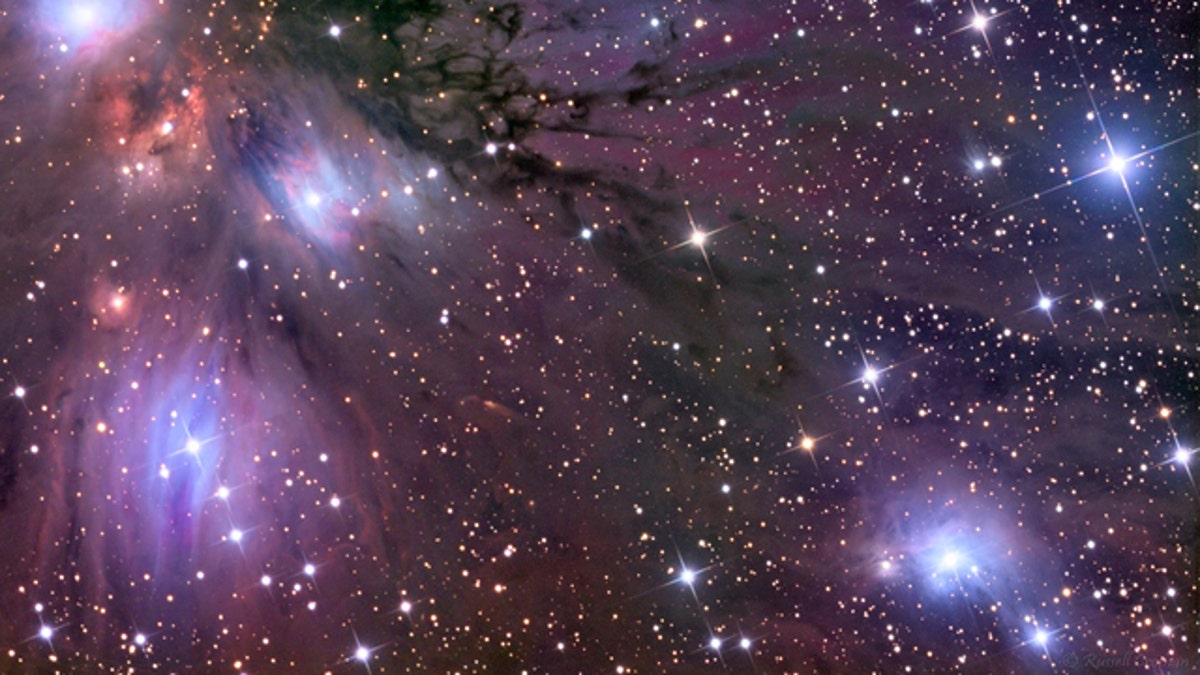
Physicsts believe a new class of stars -- dubbed "electroweak" stars -- are hiding out somewhere in the universe. (NASA/Russell Croman Astrophotography)
Scientists have proposed a new class of star, one with an exotic stellar engine that would emit mostly hard-to-detect neutrinos instead of photons of light like regular stars.
These objects, dubbed "electroweak stars," are plausible because of the Standard Model of physics — though none have been detected yet – partly because they wouldn't shine very brightly in visible light.
A team of physicists led by Glenn Starkman of Ohio's Case Western Reserve University describe the structure of such stars in a paper recently submitted to the journal Physical Review Letters.
An electroweak star could come into being toward the end of a massive star's life, after nuclear fusion has stopped in its core, but before the star collapses into a black hole, the researchers found.
At this point, the temperature and density inside a star could be so high, subatomic particles called quarks (which are the building blocks of protons and neutrons) could be converted into lighter particles called leptons, which include electrons and neutrinos.
"In this process, which we call electroweak burning, huge amounts of energy can be released," the researchers wrote in the scientific paper.
Unfortunately for observers, much of that energy would be in the form of neutrinos, which are very light neutral particles that can pass through ordinary matter without interacting, making them very difficult to detect.
A small fraction of an electroweak star's output would be in the form of light, though, which is where astronomers could concentrate their efforts to observe them. But, "to understand that small fraction, we have to understand the star better than we do," Starkman said.
If electroweak stars do exist, they could last at least 10 million years, the physicists found.
"This is long enough to represent a new stage in the evolution of a star if stellar evolution can take it there," the researchers wrote.
Nonetheless, such a period of time is still merely a blink of an eye for most stars, which live for billions of years.
"Electroweak stars would be an exciting addition to the diverse menagerie of astrophysical bodies that the universe provides," the scientists wrote. "Nevertheless, considerable work remains to be done before we can claim with confidence that such objects will form in the natural process of stellar evolution, or that they will indeed burn steadily for an extended period."
Copyright © 2010 Space.com. All Rights Reserved. This material may not be published, broadcast, rewritten or redistributed.
